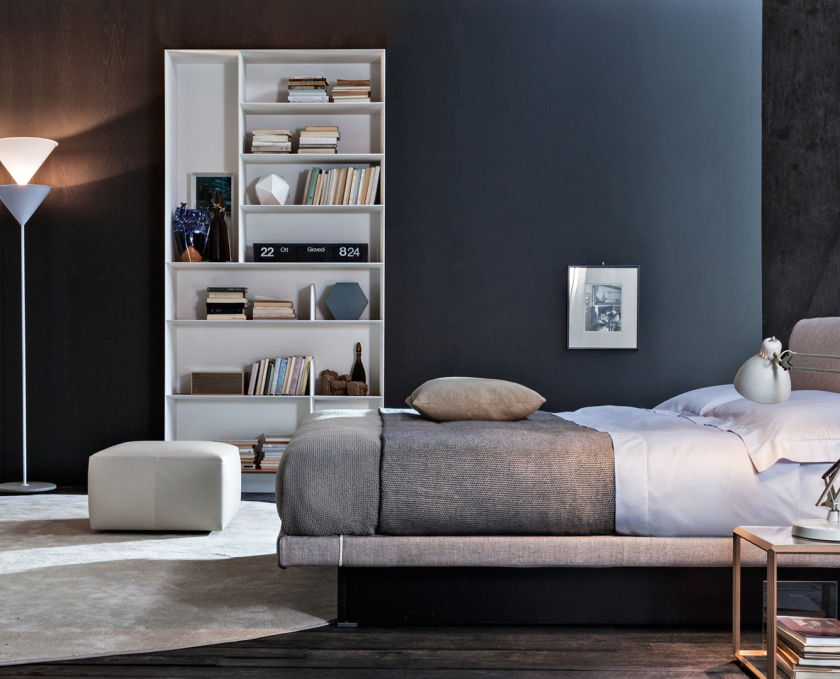
Giovanni “Gio” Ponti, (Milan, November 18, 1891 - Milan, September 16, 1979), is one of the Italian masters of architecture. He was also a designer and essayist and one of the most important of the twentieth century.
Other than the great architectural works which carry his unmistakable signature, he created a vast amount of work in the furniture sector. This is demonstrated in his three Milanese houses which were fully furnished in the “Ponti” style. The houses in via Randaccio, 1925, Casa Laporte in via Brin, 1926 and the last in via Dezza, in 1957 is an “expression” of his home design ideas. Gio Ponti was an Italian promoter of industrial design and introduced the idea of interior furnishing ranges produced as being a “sophisticated”,“economic, “democratic” and modern.
Molteni&C managed a reissuing project of furniture and furnishings designed by Gio Ponti for products for these private homes and limited editions. After a long journey of research, selection and study of prototypes, the collection was exhibited at the Salone del Mobile 2012. This was thanks to the cooperation and the exclusively signed agreement of the Ponti heirs and the artistic director of Cerri & Associati Studio.
Gio Ponti graduated in Architecture at the Polytechnic of Milan at the end of World War I, after he fought on the front line earning military decorations. In 1921 he married Giulia Vimercati, with whom he had four children: Lisa, Giovanna, Letizia and Giulio. In 1927 he opened a studio in Milan with the architect Emilio Lancia. From the beginning of the 1920’s until 1938 he worked with Richard-Ginori Manufactory and renewed its production. In 1928 he founded the Domus magazine with Gianni Mazzocchi. In 1933 he became the artistic director of Fontana Arte which was another success after the one he obtained with Richard-Ginori.
In the 1930’s he participated in the Triennale exhibitions and later he successfully managed a few of them. From 1936 to 1961 he was a professor at the Milan Polytechnic, and in 1933 was associated with Antonio Fornaroli and Eugenio Soncini, until 1945. From this partnership major projects were born, including the Montecatini Palace in Milan from 1936 to 1938, in which Ponti created the "integral design" of the building and the interiors. Other works of the period were civil architecture, including the Littoria Tower in Milan in 1933, school buildings such as the School of Mathematics at the University City Rome in 1934 and the Humanities Faculty and the Rectorate of the University of Padua in 1937. There were also residential projects such as Casa Marmont in 1934 and Milan "Domus" from 1931 to 1936.
Gio Ponti
for Molteni&C

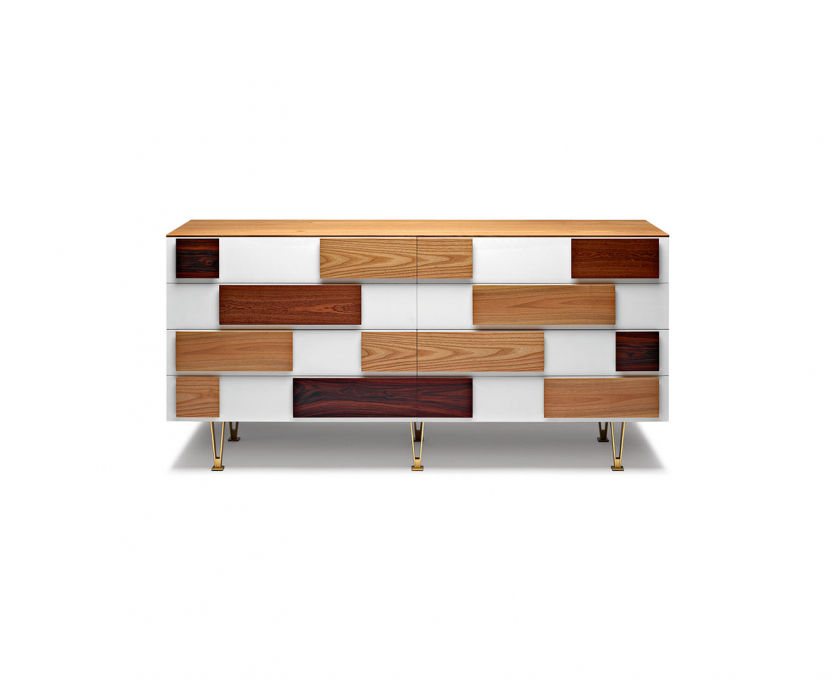
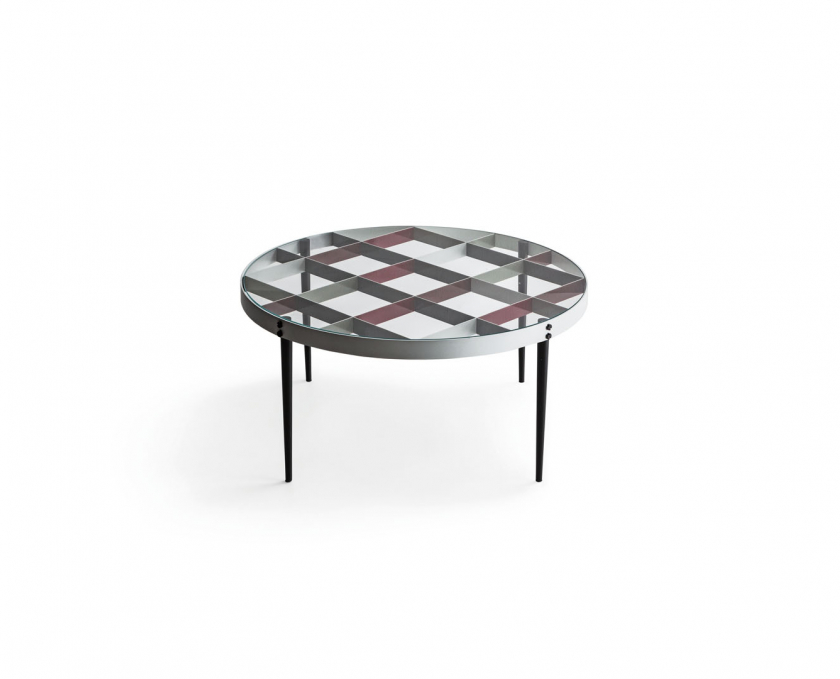
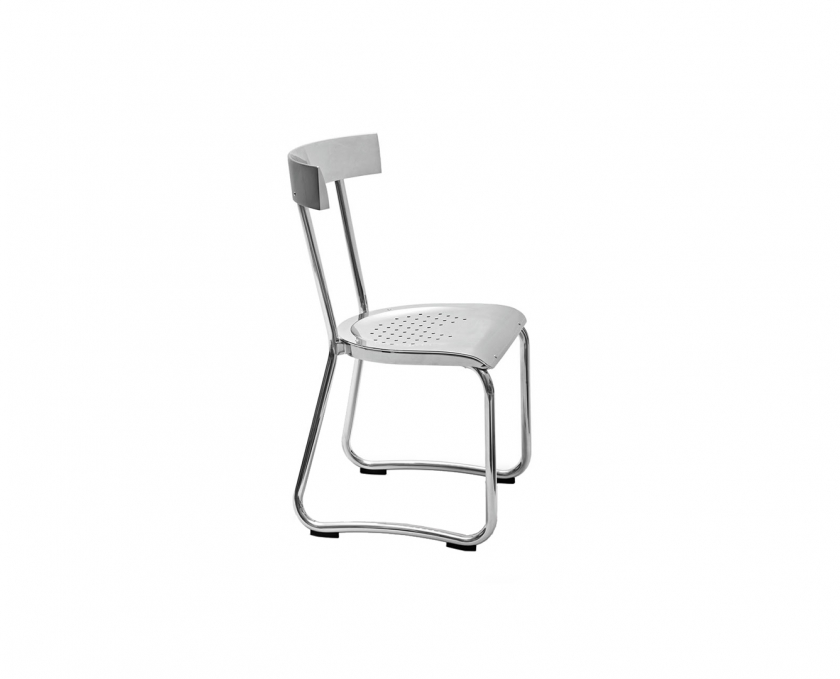

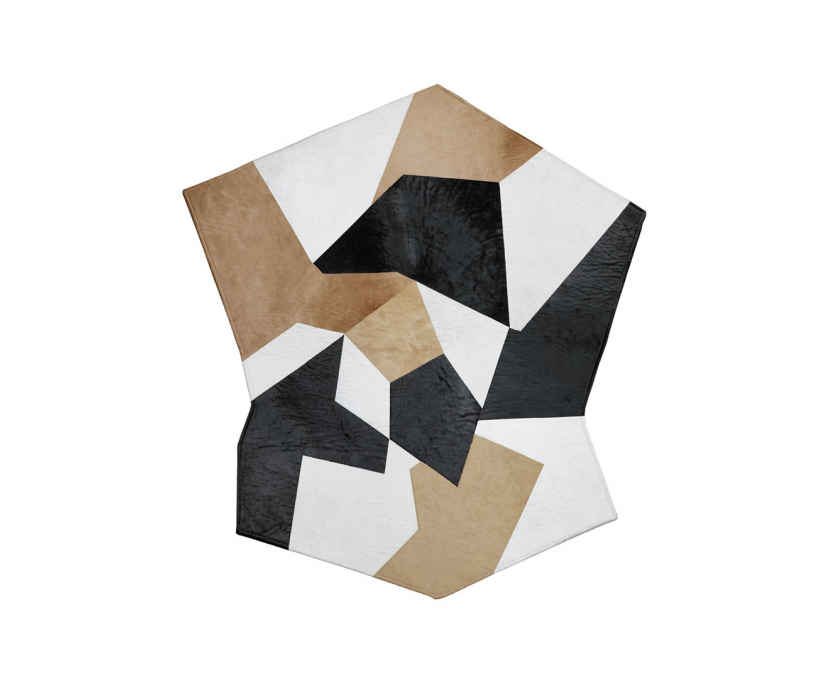
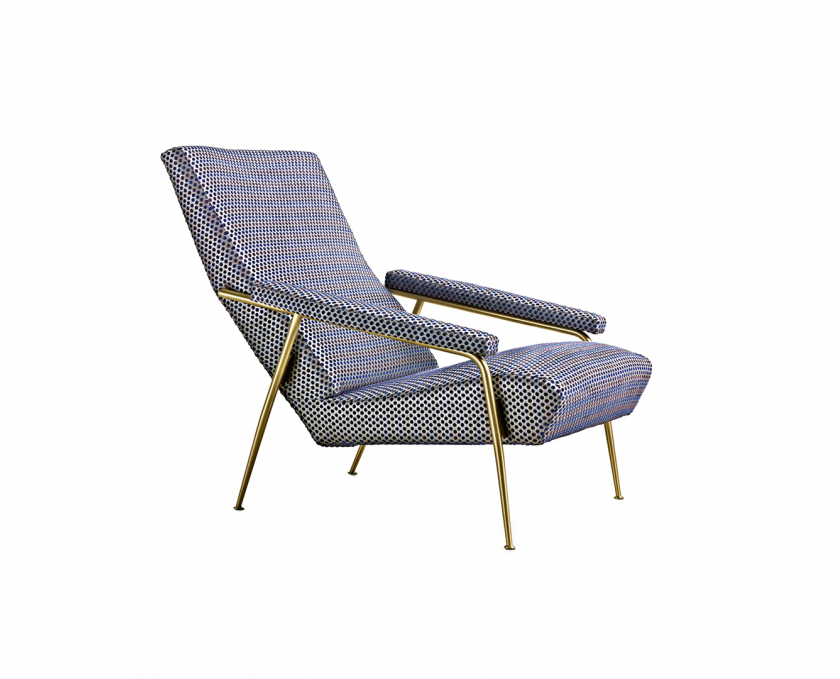
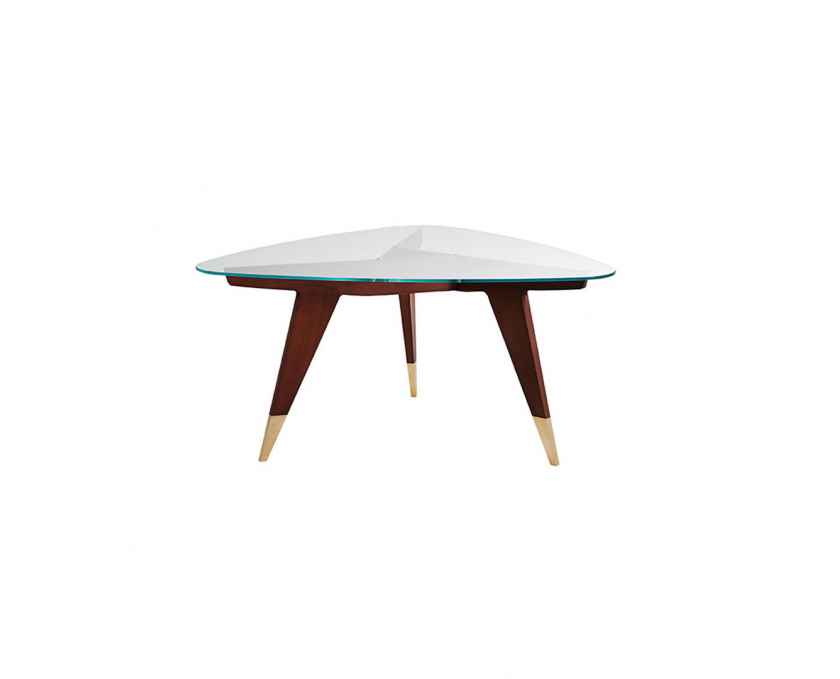
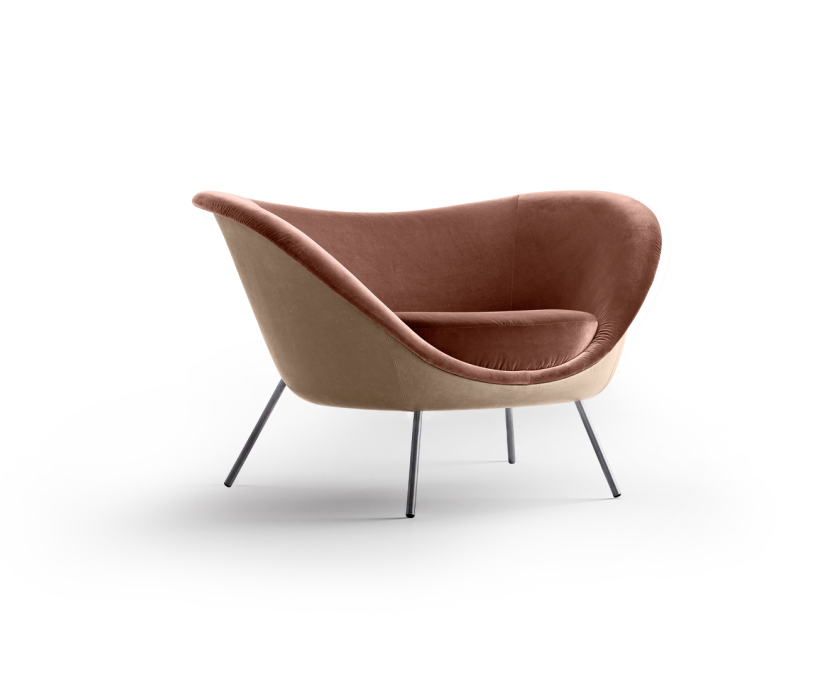
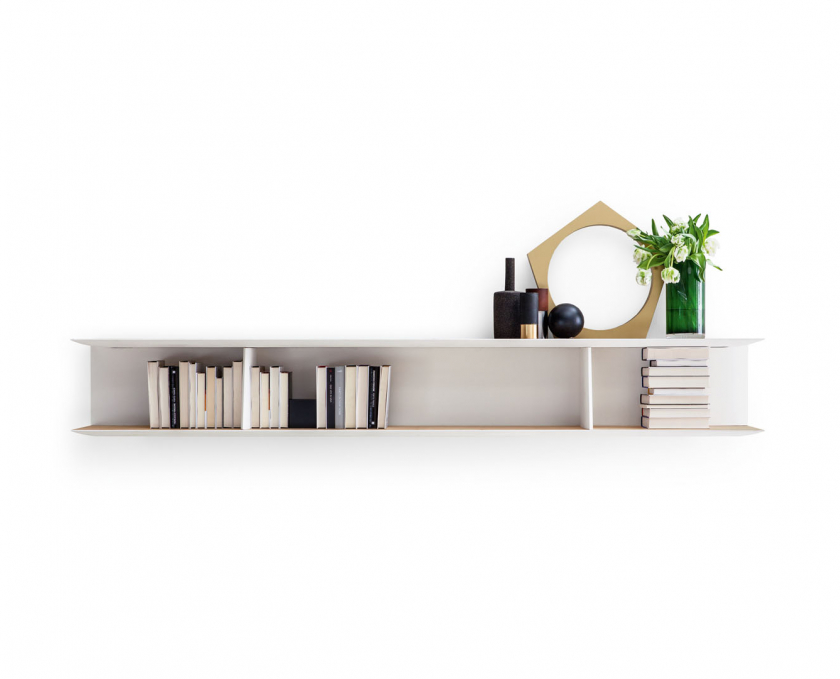

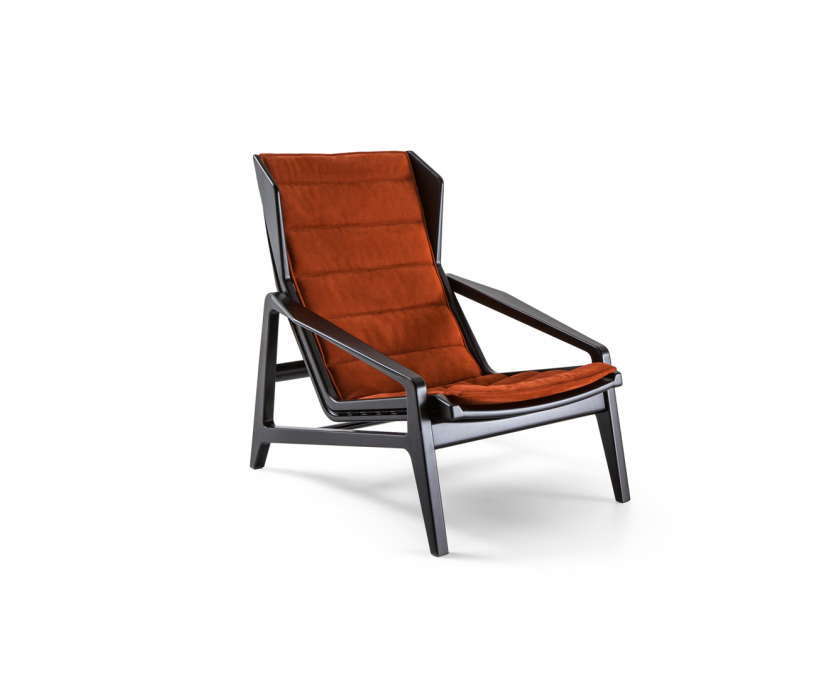
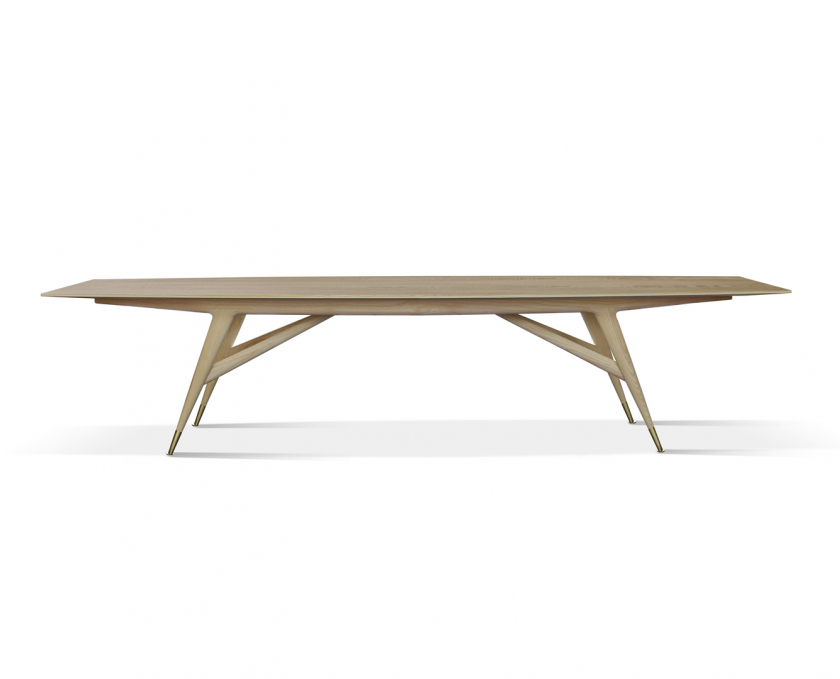
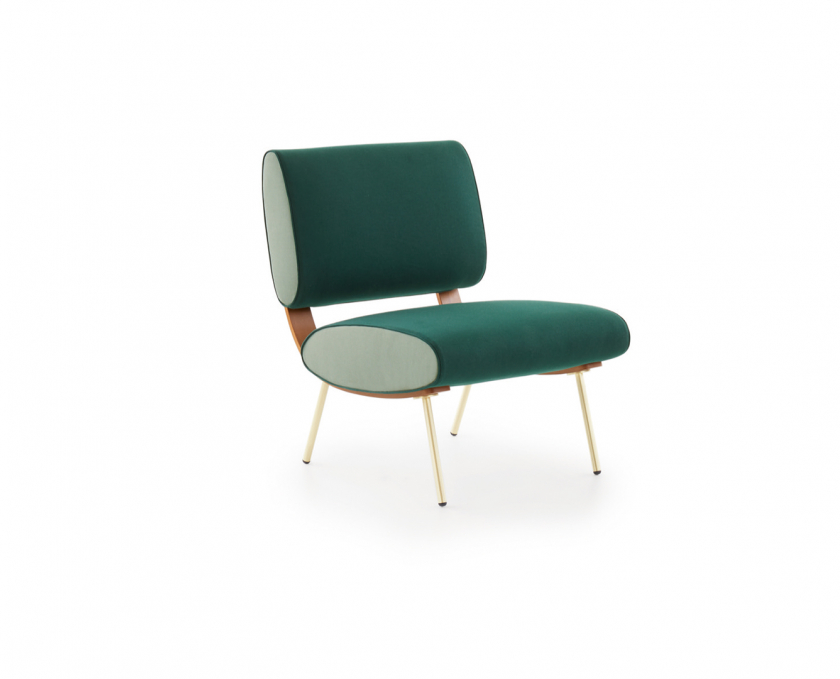
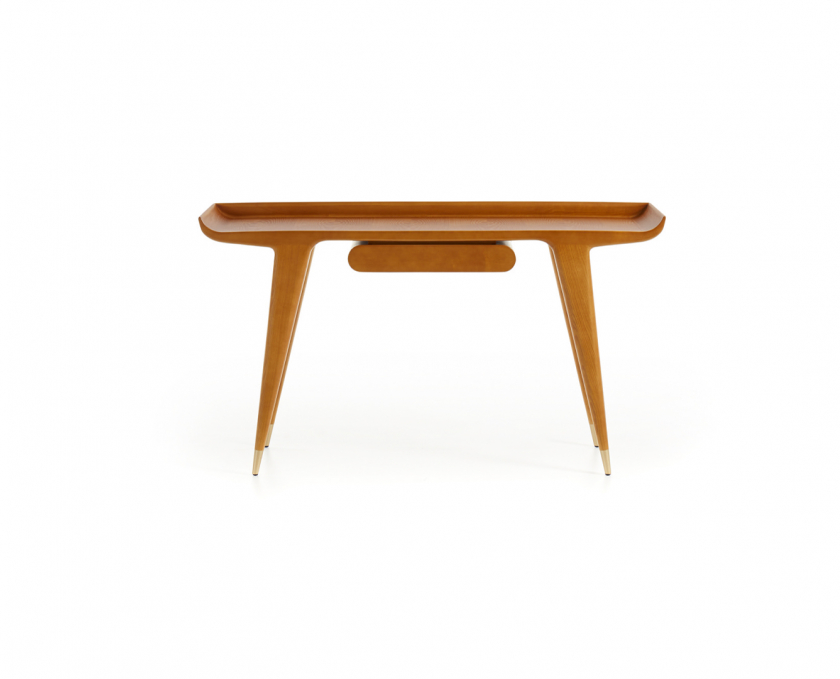
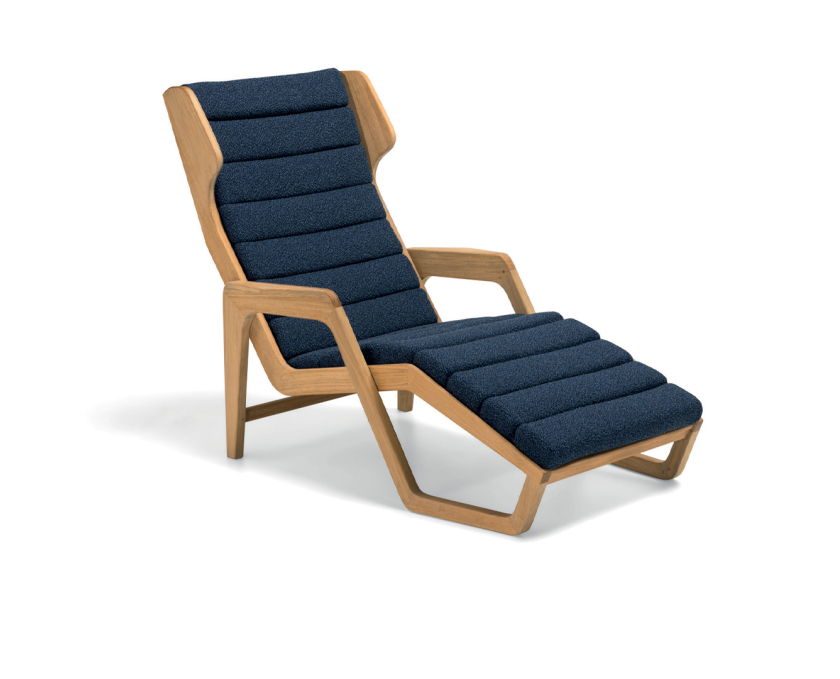
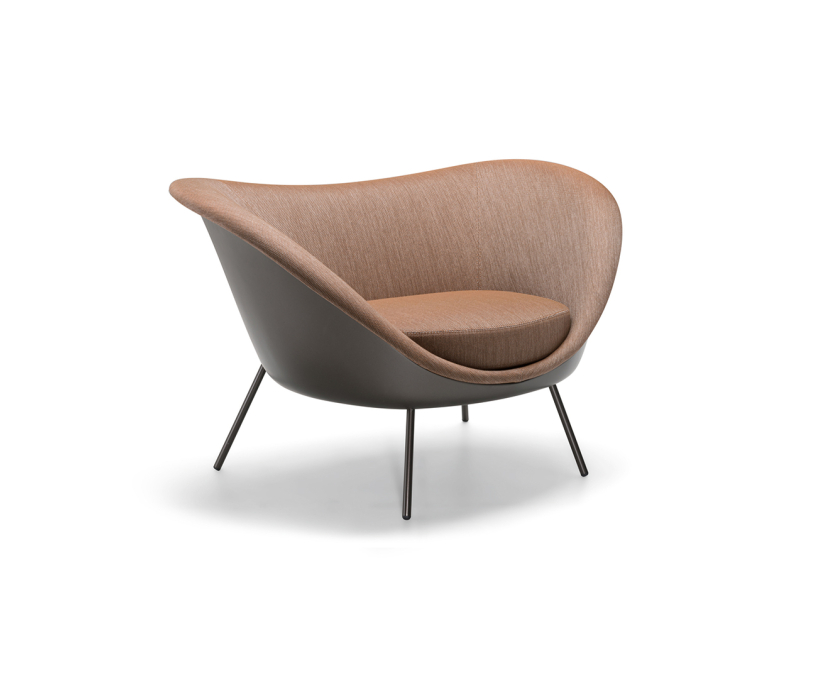


To stay up to date on products, news and events of the Molteni Group
Products